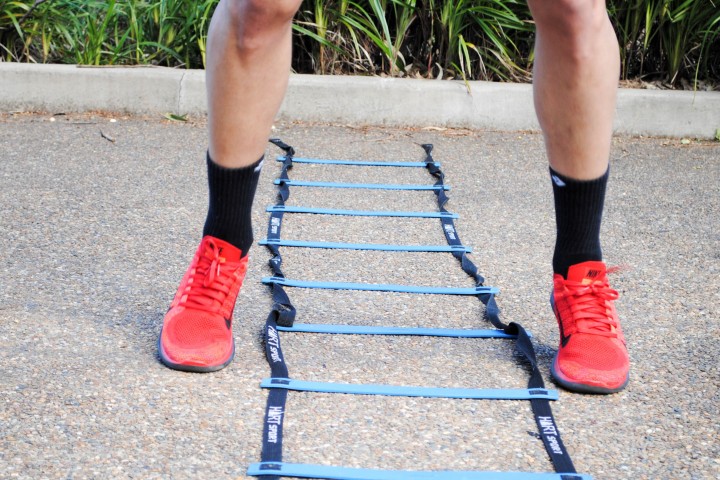Exercise and common injuries…don’t let that stop you!
 Some of the more commonly diagnosed injuries, while may cause discomfort, do not have to stop you from engaging in regular supervised exercise.
Some of the more commonly diagnosed injuries, while may cause discomfort, do not have to stop you from engaging in regular supervised exercise.
Plantar Fasciitis, Swollen Knee, Carpal Tunnel, and Shoulder Pain, are a few common injuries, you may be familiar with, all of which can be managed safely with exercise.
Exercising safely in these cases is important to manage the injury and maintain good health. Unfortunately, injury isn’t always avoidable. That’s why it’s important to stay active, and introduce some modifications to your exercise routine to ensure adequate recovery.
Plantar Fasciitis
Plantar fasciitis is one of the most common sources of heel pain. It can often seem like it appears almost out of nowhere. However, the inflammatory foot condition can be caused by a number of factors including poor foot biomechanics, tight calf muscles, flat feet and weak foot arch muscles.
Exercise modifications: It is important to reduce the amount of repetitive lower body impact, such as running or walking – particularly on hard surfaces.
Swollen Knee
Swelling around the knee joint is often caused by a tear in the meniscus (which is a c-shaped cartilage shock absorber in the knee) or patellofemoral pain – pain behind the knee cap.
Exercise modifications: Avoid any exercise that recreates the pain, especially impact and stress such as running, lower body weights, and activities where you’re jumping or changing direction.
Stretching, yoga and/or Pilates can help to maintain mobility without applying extra stress to the joint. Also, include hip, thigh, and knee strengthening exercises, prescribed by a qualified trainer.
Carpal Tunnel Syndrome
Carpal tunnel syndrome is a painful condition of the wrist and hand, often caused by repetitive movements, such as typing or writing, gardening, needlework, and golfing; or swelling due to diseases such as rheumatoid arthritis. Women’s smaller wrists make them three times more likely than men to develop carpal tunnel.
Exercise modifications: Avoid or modify exercises performed in a prone position e.g. Push-ups, Plank, and other exercise that involves excessive bending the wrist forward or back; racquet sports can also cause flare-ups.
Otherwise most upper body exercises should be fine – as long as the wrists remain straight and protected.
Shoulder Pain
One of the most common causes of shoulder pain is impingement. This occurs when the space between your rotator cuff muscles and the bone on top of your shoulder narrows, pinching the tendons. Arthritis and bursitis can also cause shoulder pain.
Avoid repetitive overhead exercises, such as overhead presses or lifts with free weights, as well as other activities, such as gardening and painting that require similar movements. While these activities may not directly cause any damage, prolonged duration of the activity can bring about pain and discomfort.
Exercise modifications: Wall posture exercises and rotator cuff strengthening can improve shoulder mobility and stability. Also temporarily rest from sports and exercises that involve repetitive shoulder movements such as tennis and golf.
If you have a diagnosed injury talk to our qualified trainers about what we can do to maintain a safe and appropriate exercise program for you.
Reference: Melone, L. CSCS, ‘How to exercise when you’re in pain’, Prevention.com, viewed 15 August 2015, http://www.prevention.com/health/health-concerns/8-common-workout-injuries-you-can-still-exercise
